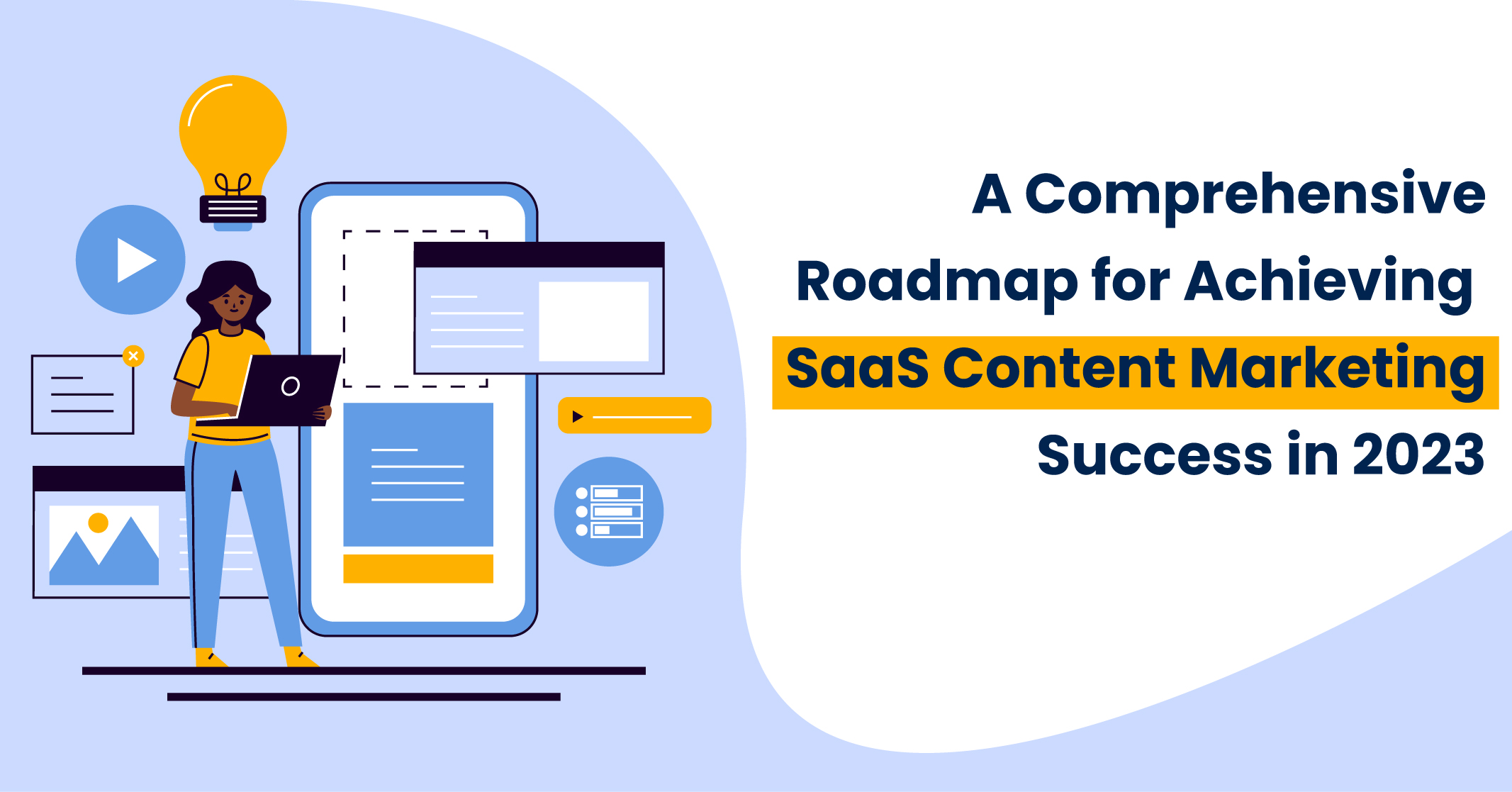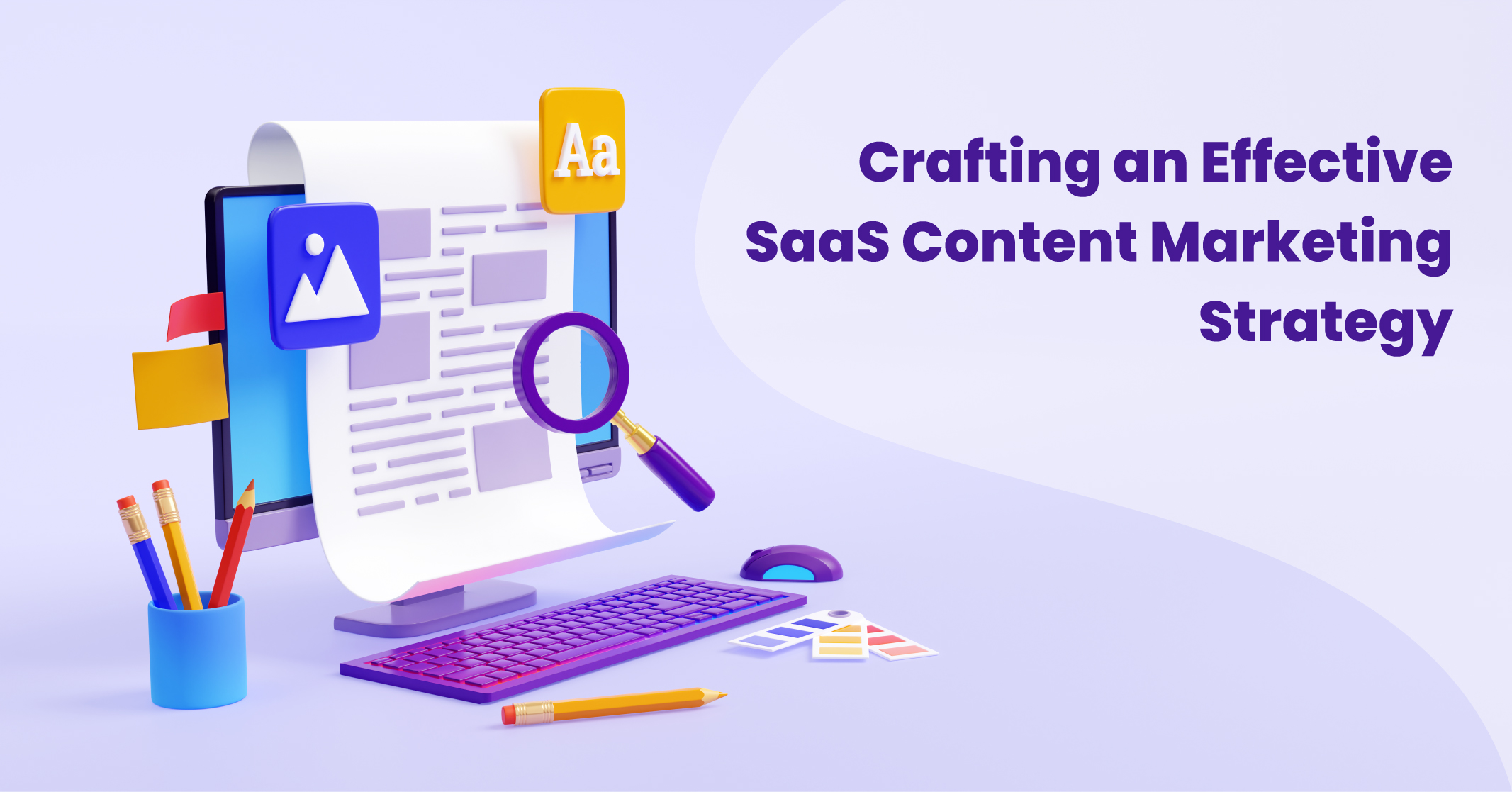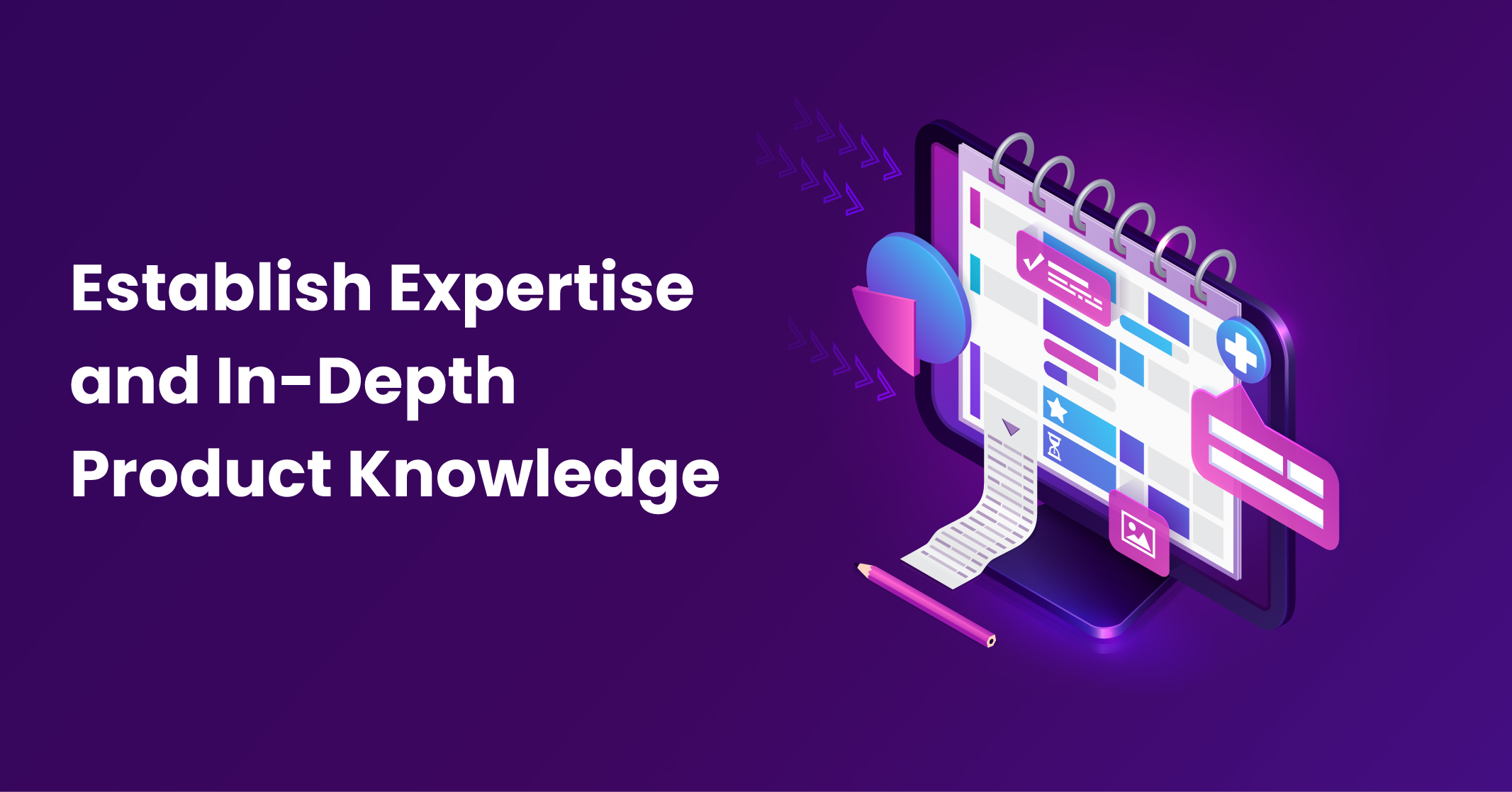I hope you enjoy reading this blog post.
If you want to get more traffic, Contact Us

Click Here - Free 30-Minute Strategy Session
Be quick! FREE spots are almost gone for this Month. Free Quote

Content marketing is the key to organic growth for your SaaS business. It not only positions you as a thought leader but also drives sales by attracting potential customers who are genuinely interested in your services.
This comprehensive guide, consisting of ten essential steps, will assist you in extracting maximum value from your content and propelling your business to the forefront of the industry. By crafting a robust content marketing strategy specifically tailored for SaaS, you will gain insights on creating captivating content marketing examples that truly resonate with your target audience.

Click Here – Free 30-Minute Strategy Session
Be quick! FREE spots are almost gone for this Month
Content marketing in the SaaS industry can be challenging due to various factors:
Considering these aspects and more, it is vital to approach your SaaS content strategy as a marathon rather than a sprint. By incorporating various types of content marketing and providing compelling examples of content marketing, you can effectively navigate these complexities and achieve long-term success.
Content marketing is indispensable for the organic growth of every company, including those offering SaaS products.
The SaaS and tech sectors possess unique characteristics, with audiences that are constantly seeking self-education and professional development.
In fact, for many individuals, content generated by SaaS companies serves as their primary source of knowledge and information.
Creating content that aids customers in enhancing their skills is crucial for nurturing a loyal community, establishing brand authority, and fostering a sustainable revenue stream.
Let’s examine a real-life illustration: Kinsta, a renowned premium WordPress hosting provider, experienced a remarkable surge in website traffic by delivering valuable, educational content. Currently, they attract over 672,000 monthly organic views as of June 2022.
Kinsta takes a strategic approach by addressing topics beyond their hosting services, focusing instead on addressing the pain points and challenges faced by their customers.
Through their blog, they cover a wide range of themes relevant to WordPress developers and website owners, effectively raising awareness and fostering trust within these target audiences.
By employing various types of content marketing and implementing a well-thought-out content strategy, businesses can harness the numerous benefits that content marketing offers.

In our comprehensive 2023 Global Report on the State of Content Marketing, we sought insights from IT and SaaS companies regarding the effectiveness of their content strategies. Here are the key findings:
A significant 70% of SaaS companies have established a well-developed or advanced content marketing strategy, indicating the importance they place on this approach.
An overwhelming 97% of SaaS companies reported experiencing some degree of success in their content marketing endeavours, highlighting the effectiveness of their efforts in driving desired outcomes.
Continuing to prioritise the benefits of content marketing, SaaS and IT businesses are consistently investing in their content strategies. Notably, 65% of these businesses allocate over $3,000 per month towards content marketing initiatives.
Furthermore, an impressive 75% of SaaS and IT businesses have plans to further increase their content marketing budgets throughout 2023, indicating a positive outlook on the potential returns and benefits of this marketing approach.
Learn More: Ultimate Guide to SEO Content Creation!

How to Create a Content Strategy?
Underestimating the significance of other marketing elements and solely relying on content can lead to frustration when desired results are not achieved. It is crucial to understand that successful content is built upon a solid marketing strategy. Before diving into content creation strategy, several key areas require attention.
Based on our research, the top three content marketing goals for IT/SaaS companies are brand awareness, website traffic, and lead generation. By addressing these areas and implementing a well-defined content strategy, companies can optimise their content efforts for greater success.
Audience research is a crucial component of any effective content marketing strategy. It provides valuable insights into your readers’ goals, challenges, questions, and concerns. However, conducting customer analysis in the SaaS sector requires additional effort, particularly in the realm of B2B SaaS.
The Complexity of Customer Analysis in B2B SaaS:
Creating an Effective Conversion Workflow:
For instance, let’s consider an AdTech company with personas like a decision-maker (CMO), a user (performance marketing specialist), and an influencer (CFO). In this scenario, a well-designed workflow may include:
Real-Life Example:
Click Up, a project management tool, targets diverse audience segments, including various teams and company types. By understanding their audience deeply, they tailor their content to meet the needs of different segments, such as marketing, DevOps, HR, startups, and enterprises.
Techniques to Gain a Deeper Understanding of Your Audience:
To gain deeper insights into your audience, consider employing these techniques:
The Power of Collaboration:
In fact, collaborating with other teams emerged as the second-most significant factor contributing to content marketing success for SaaS/IT companies.
By incorporating these strategies and aligning them with your digital and website content strategies, you can create a comprehensive content marketing approach that effectively engages your audience and drives business growth.

Expertise serves as a cornerstone for creating successful, customer-focused content that nurtures audience trust. To accomplish this, it’s crucial to develop a deep understanding of your industry.
Many SaaS products operate in complex sectors like fintech, healthtech, or legaltech, requiring content marketers to acquire knowledge from scratch. Nevertheless, this knowledge is key to comprehending your customers’ daily goals and challenges.
By following these strategies and incorporating them into your digital and website content strategies, you can enhance your expertise, create compelling content, and establish your brand as a trusted authority in the industry.
In SaaS content marketing, relying solely on problem-solution thinking limits your reach. Instead, creating content with a broader appeal can exponentially expand your potential audience.
An educational approach to SaaS content marketing goes beyond addressing functional work problems and strives to empower users in various aspects.
For instance, by providing content that helps readers become industry leaders and prepares them for promotions, you can offer long-term value beyond solving immediate challenges. Shifting the focus from pushing your own product to empowering your readers will leave a lasting impression and foster future engagement.
A Stellar Example: Flipsnack’s Audience-Guiding Content
Flipsnack, a digital publishing platform, excels in guiding its clients towards environmentally friendly online alternatives for brochures and pamphlets. However, its content extends far beyond its own solution, covering topics such as marketing, digital publishing, and business. The content is highly practical, interactive, and engaging, resulting in impressive metrics.
In the SaaS industry, there are ample opportunities to establish your company as a thought leader and become a trusted source of education. This holds true for brands that delve into topics that may not be covered in traditional educational institutions, such as our hypothetical adtech company specialising in performance marketing.
By consistently delivering high-quality content based on real-life experiences, your brand can play a pivotal role in your customers’ lives. A prime example of this is HubSpot, which has consistently advocated for aligning marketing strategies with audience needs and emphasising the importance of inbound marketing.
By following in the footsteps of these industry leaders, you can position your company as a thought leader and build a reputation for providing valuable insights and expertise in the SaaS space.
To achieve exceptional performance in content marketing, it is crucial to establish topical authority. This means that instead of pursuing a multitude of unrelated keywords and producing superficial content, the focus should be on delving deep into areas of expertise.
A more effective approach is to identify a few core topics and explore them extensively. This entails beginning the content planning process by thoroughly examining these topics and then selecting the appropriate sets of keywords.
By adopting this approach, you gain a comprehensive understanding of the subtopics and questions that contribute to each core topic. Furthermore, each topic is likely to have numerous related and semantically connected keywords.
Creating content that caters to the needs of decision-makers is crucial in the high-consideration SaaS industry, particularly in B2B scenarios. To effectively engage customers throughout their journey, it is important to address touch points across the entire customer journey.
A content marketing funnel can be structured around the stages of Awareness, Interest, Consideration, and Conversion. This allows for targeted content creation strategy that aligns with the customer’s progression through the funnel. Let’s explore examples from various SaaS and online service brands to illustrate each stage:
By tailoring content to each stage of the customer journey and providing value beyond promotional messages, SaaS brands can effectively engage their audience and drive conversions.
After considering the buyer’s journey and content funnel, the next step is to create conversion paths that connect your content. These paths guide customers through the funnel, from awareness to conversion.
Here’s how to do it:
Analyse your content performance using analytics to identify what is working well. Pay attention to:
Track user behaviour after reading blogs and experiment with different call-to-action buttons to understand effective content types and CTAs for moving leads through the funnel.
Study your competitors to gain insights into successful strategies. Conduct a keyword gap analysis to identify areas where you lag. Additionally, analyse their guides, email flows, content, and social media presence to understand what resonates with potential clients.
Lead nurturing involves providing value through content and facilitating the transition to becoming a customer. This is particularly important for companies with a sales-focused approach.
Key steps in lead nurturing include:
By leveraging analytics, studying competitors, and implementing effective lead nurturing strategies, you can create conversion paths that guide customers seamlessly through the content funnel and towards conversion.
According to our survey respondents in the IT industry, the top two strategies for generating organic traffic are increasing the frequency of posting (48%) and improving content quality (46%).
To streamline the content creation process and generate unique, engaging content more efficiently, consider leveraging AI writing tools like ContentShake.
This tool suggests content ideas, creates article outlines, and assists in assembling data-driven blog posts. It can also optimie readability, tone of voice, and SEO, facilitating direct posting to your WordPress site.
Regular content audits are essential for improving your SaaS content. Successful companies in content marketing conduct content audits at least twice a year, according to our research.
Creating a smart content distribution strategy is crucial and should be considered even before the content creation strategy. There are three primary methods of distributing content:
According to our research, the top three SaaS content distribution channels are a mix of owned and paid channels:
It’s important to adapt your content for each platform and channel, as they have different guidelines and best practices. Content that works well on Instagram Reels may not be suitable for LinkedIn, and long-form blog posts may not be effective as newsletters.
Here are some examples of content marketing distribution strategies:
For instance, Cloud Daily, supported by SaaStr, has achieved success on Quora by consistently posting relevant content, resulting in a large following.
By developing a well-planned content distribution strategy and leveraging owned, earned, and paid channels effectively, you can maximize the reach and impact of your content.
Creating an effective content marketing strategy for SaaS companies requires a strong focus on understanding your audience and their specific needs. It involves delivering high-quality educational content that addresses their pain points and guides them throughout their buying journey.
When developing your content strategy, it’s crucial to consider the unique challenges within your industry, such as the complexity of your solutions, longer buying cycles, and the need for extensive education.
To streamline this process and achieve better results, tools like ContentShake can be immensely helpful. They provide step-by-step guidance and simplify the entire content creation journey.
If you’re looking to enhance your online visibility, generate quality content at scale, and drive business growth, give ContentShake a try today.
Additionally, for expert assistance in developing a comprehensive digital content strategy and website content strategy, consider partnering with Traffic Radius, a leading company in the field.
Discover how to create a content strategy and content strategy template that aligns with your business goals and maximizes your online presence by leveraging their expertise and data-driven approach. Take your content marketing efforts to the next level with Traffic Radius.

LEAVE A REPLY